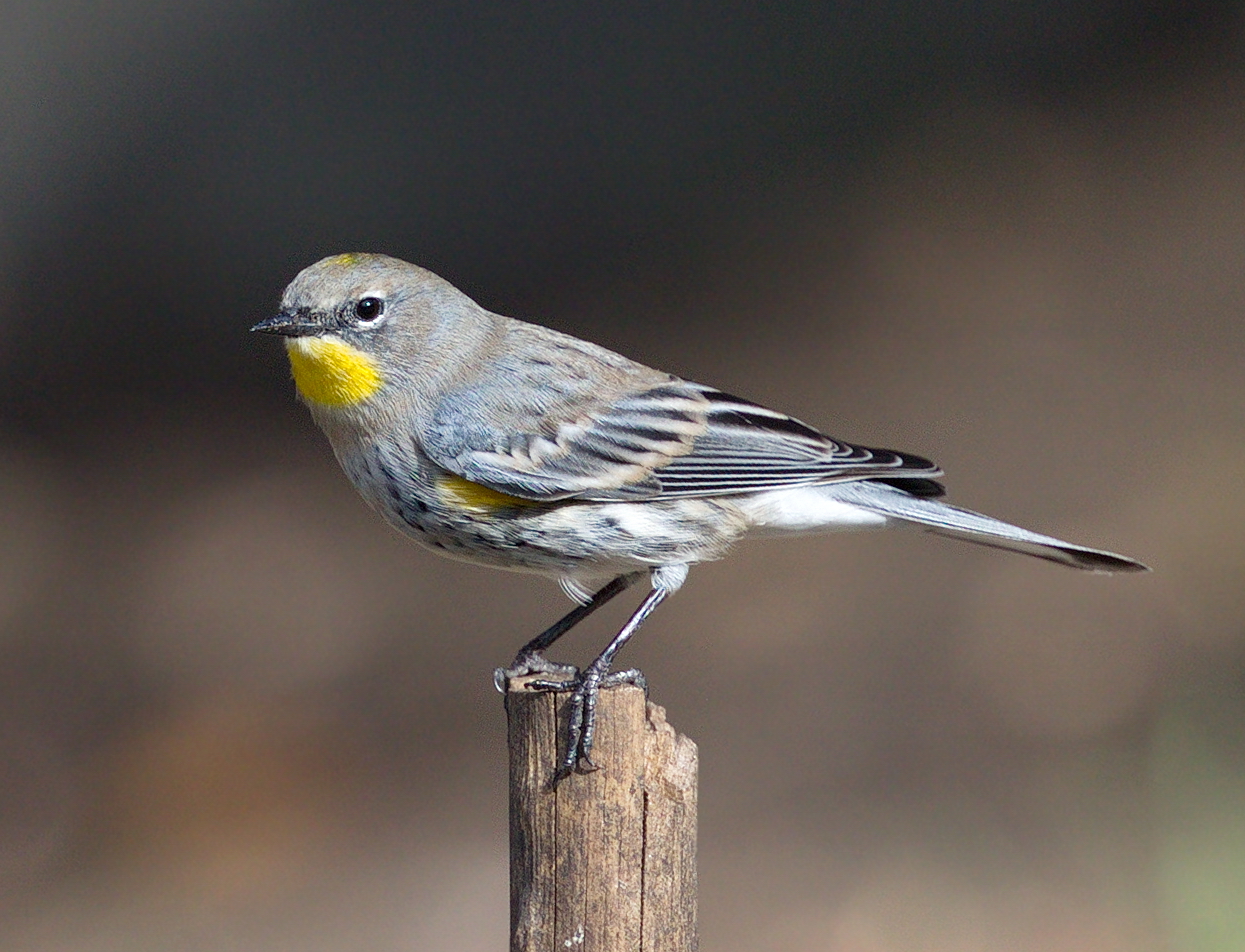

Occasionally, we may also use the information we collect to notify you about important changes to our website, new services and special offers we think you will find valuable.
How Do We Use the Information That You Provide to Us?īroadly speaking, we use personal information for purposes of administering our business activities, providing service and support and making available other products and services to our customers and prospective customers. None of this information is associated with you as an individual. This information is collected on an aggregate basis. Information gathered through cookies and server logs may include the date and time of visits, the pages viewed, time spent at our website, and the sites visited just before and just after ours. Similar to other websites, our site may utilize a standard technology called "cookies" (see explanation below, "What Are Cookies?") and web server logs to collect information about how our website is used. We provide the same protections for these electronic communications that we employ in the maintenance of information received by mail and telephone. If you choose to correspond with us through email, we may retain the content of your email messages together with your email address and our responses. We may request that you voluntarily supply us with personal information, including your email address, postal address, home or work telephone number and other personal information for such purposes as correspondence, placing an order, requesting an estimate, or participating in online surveys. Personal Information You Choose to Provide. When you visit our website you may provide us with two types of information: personal information you knowingly choose to disclose that is collected on an individual basis and website use information collected on an aggregate basis as you and others browse our website. Come on out and try to find them as they flutter from tree to tree as they forage! Yellow-rumped Warblers winter across much of the central and southeastern United States and High Island is no exception! Many Yellow-rumped Warblers can be found in small groups throughout our sanctuaries. They leave the nest at 10-12 days and can usually fly short distances 2-3 days later. The young will hatch at around 12-13 days and be fed by both adults. The female will lay between 4-5 eggs and will usually be the one incubating them. It is lined with hair and feathers and is curved over so that it partly covers the eggs. The nest is built by the female and is an open cup made of bark fibers, weeds, twigs and roots. Sometimes nest can be found in a deciduous tree or in a fork where a branch meets a trunk. The pair will place their nest approximately 4-50’ above ground on a horizontal branch away from the trunk of a conifer. When summer comes and courtship begins the male will accompany the female everywhere, calling as he fluffs up his side feathers and raises his wings and colorful crown feathers. In the winter, because they can digest the wax in berries, they can eat berries of bayberry, juniper, wax myrtle and poison ivy. The diet mainly consists of insects and berries. In the wall and winter they prefer open woods and shrubby habitats like coastal vegetation, parks and residential areas. In Summer, Yellow-rumped Warblers can be found in open coniferous forests and edges and sometimes deciduous forests. Where the two subspecies’ breeding ranges overlap, like the Canadian Rockies, intermediate forms can occur. #YELLOW RUMPED WARBLER EGGS PATCH#
The female Audubon’s also lacks the dark ear patch that can be found on the Myrtle. The wings of the male Audubon’s Warbler is more white than that of the Myrtle Warbler. One difference between these two subspecies is that the Audubon’s throat is yellow, while the Myrtle’s throat is white. There are two distinct subspecies of the Yellow-rumped Warbler: the Myrtle Warbler, which can be found in the eastern US and Canada’s boreal forest, and the Audubon’s Warbler, which is found in the western US in the more mountainous regions.

Currently, during the winter, both sexes are a paler brown with a bright yellow rump and some yellow on the sides. The males are shaded while the females are more dull and may even have some brown. In the summer, both male and females are gray with some white in the wings and yellow on the face, sides, and rump. They have a large head, sturdy bill and a long, narrow tail. Profile by Gislaine Peters: The Yellow-rumped Warbler is fairly large for a warbler and is about the size of a Black-capped Chickadee. Seasonal Occurrence: Abundant mid-October through early April.






 0 kommentar(er)
0 kommentar(er)
